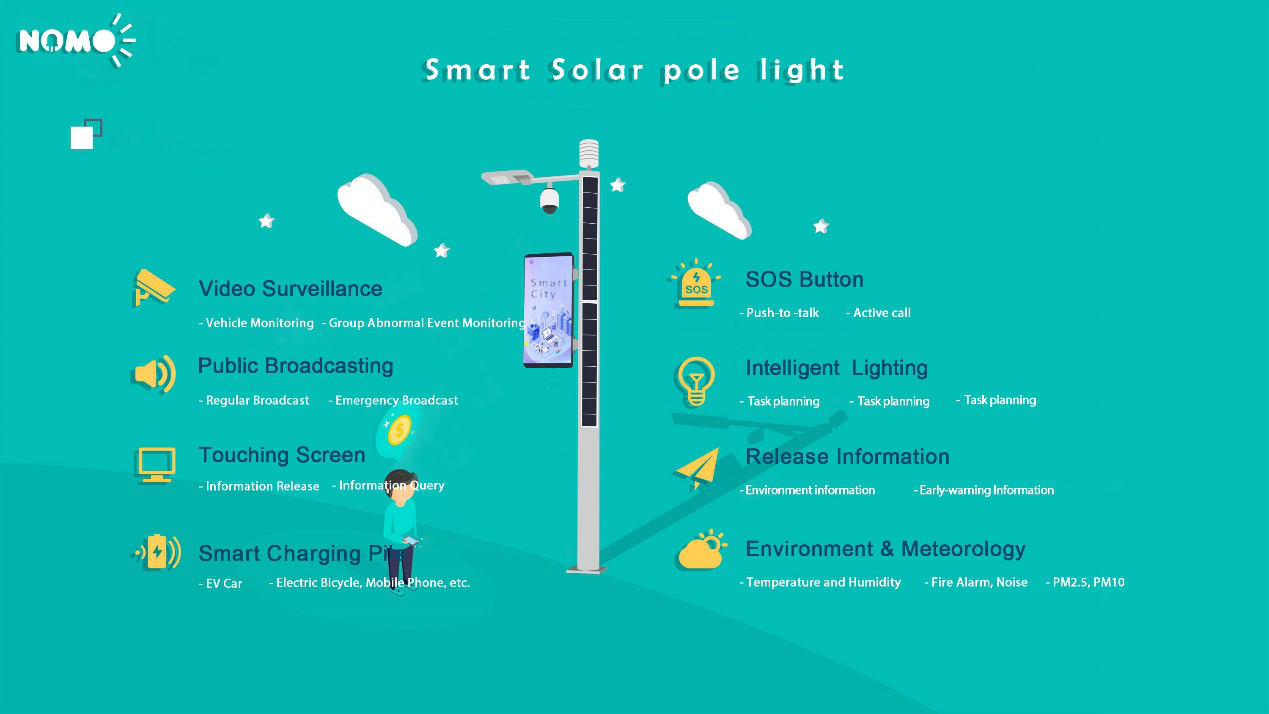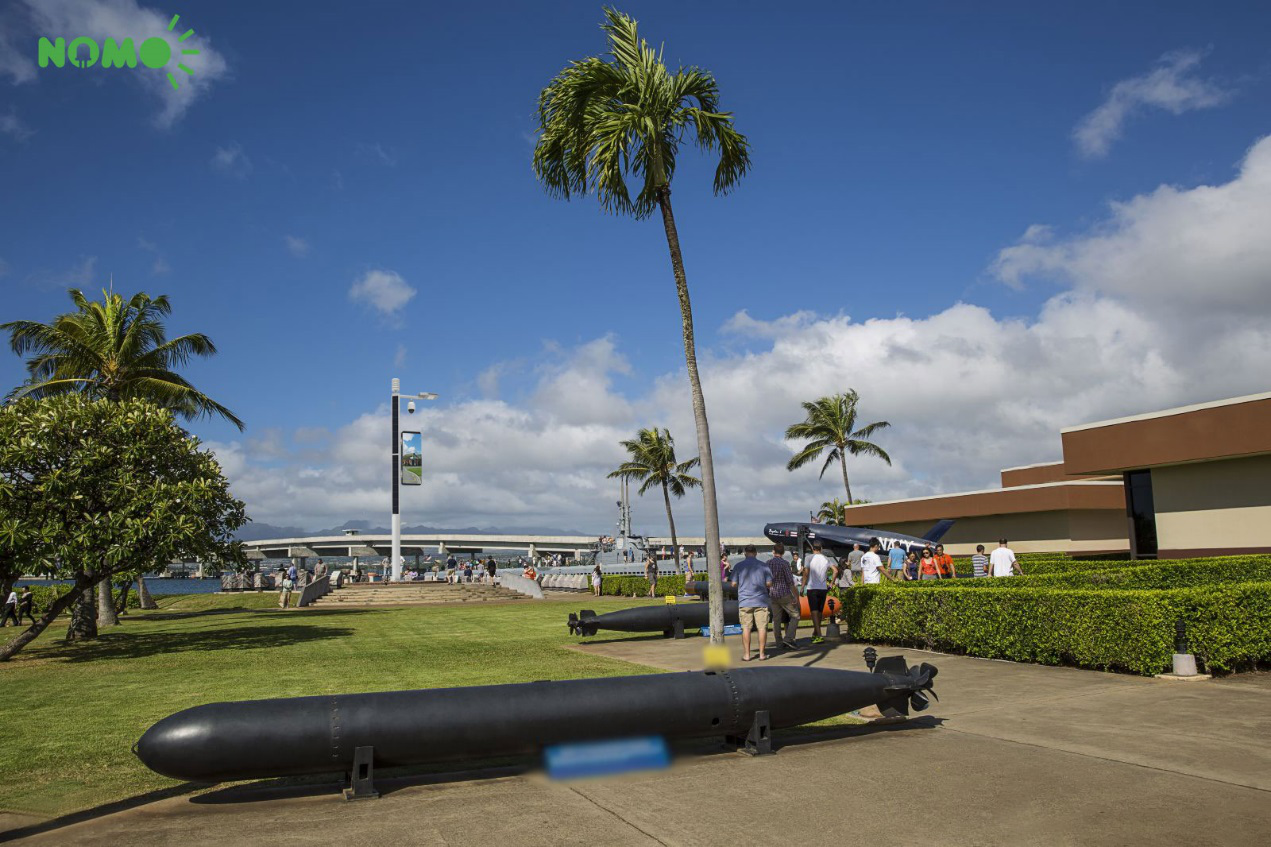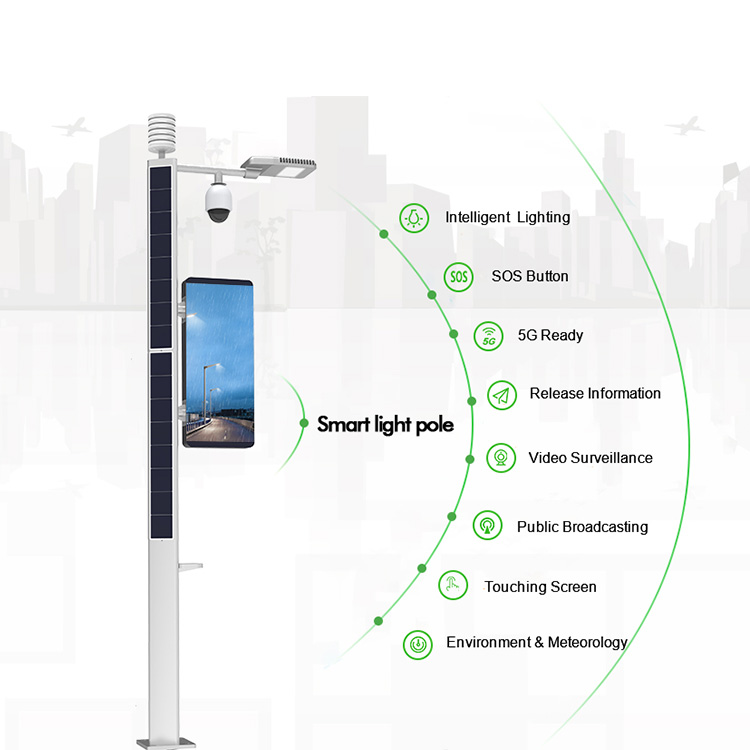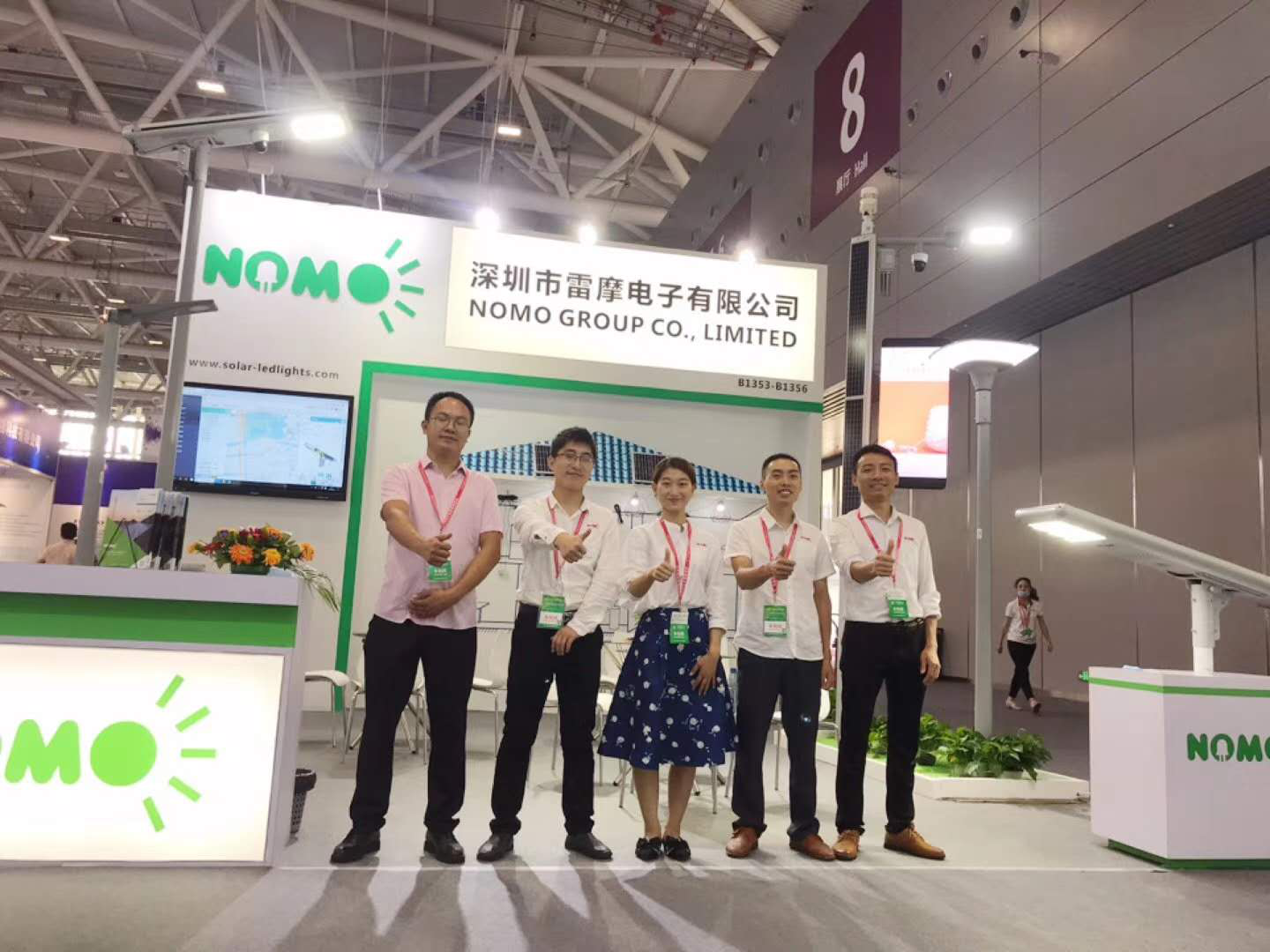5G Wisdom Solar Light Pole
It is expected that there’ll be 20 million electric vehicles in cities by 2020 and more than two thirds of the world’s population will live in cities . Cities will consume 80% of energy, emit 75% of CO2 and consume 75% of raw materials by 2050 . Smarter cities concept is a must according to the previous expectations. More efficient services and resources sustainability are not much more required than this era. To provide the required services , there is a need to rely on robust wireless network connectivity. Cities are seeking for smart governance, smart education, smart healthcare, smart buildings, smart mobility, smart infrastructure, smart energy and of course smart citizen . To achieve what cities are seeking for, there is a need for applications such that blending wireless equipment in the urban environment. Frost and Sullivan research predicts a market potential of about $ 1.5 trillion for the smart city market . The trend of smart cities is set to drive urban developments of the incoming decades and will drive demand of storage, multienergy networks, smart devices and new business models. The excellence of 5G wireless communications lies in providing higher data rates, increase in base station capacity, and improvement in users’ quality of service , compared to 4G LTE networks. 5G wireless systems, with previously listed improvements are expected to be an excellent smart cities technological umbrella. 5G will offer services such as high mobility, extreme network densification, reduced radiation, reduced signal dropouts, massive MIMO and massive support to Internet of Things IoT. Offering these services will help city planners to envision long term goals for smart cities .
Smart poles could be considered as remotely managed poles that house technology to improve
mobile network performance across the smart city . They also could be considered as digital
real estate of the IoT. Having all suitable services on a single pole, will reduce maintenance costs
because of remote management, and will help cities to be more energy sustainable. Having these
multifunctional poles creates space and improves the environment visually and operationally.
From the sustainability point of view, these poles are preferred to be 100% recyclable and to
operate with renewable energy . It is expected to have 73 million installed smart poles around
the world. From the architecture point of view, smart poles should also beautify city streets. Poles
manufacturing companies such as Continental Pole and Lighting fabricate smart pole with beauty
standards. Attached is Nomo smart light pole picture .
The smart pole is a sustainable energy smart subsystem of the sustainable smart city system. Our
vision for the smart pole is that it is a 5G access point. 5G will provide services of high mobility,
highest network densification and good support to Internet of Things (IoT). Offering services with
these features helps city planners to plan for smart cities. 5G smart city solutions could produce
$160 billion in savings through reduction in energy usage, traffic congestion and fuel cost. 5G can
fulfill many important requirements for the growing demands of smart cities such as the ability
to connect many more sensors and devices, the high speed connectivity, ultra-low power
consumption, and greater reliability.
The network deployment of 5G involves 10 to 100 times small cells locations more than 4G. It
will not be efficient to build separate poles for this huge number of small cells required. The
multifunction smart poles could carry these cells beside other sensors. Nowadays, we can find
flexible and robust integrated outdoor Small Cells with a weight less than 2.8 Kgs and dimensions
of 27, 20, 6.5 cm making it easy to attach one or more small cells to the smart pole .
To get the best possible quality of service and battery life, users need to be as close as possible to
the cells. Also, radiation from the mobile phone will reduce as its distance to the cell decreases.
According to the requirements of the 5G standards, the cell to cell distance is expected to be in the
range 100- 300 m at heights from 9 to 15 meters. The proximity of citizens smart phones to smart
poles could be sensed by the Smart City control system providing location based services and
density of users estimation.
An 5G access point, a solar panel and a wind turbine system as an electric energy source, a variety
of sensors, a battery and an optical fiber carrying the data generated are the basic components of
the smart pole. The 5G small cell should be put inside the smart pole and the battery should be
placed inside the pole for a better maintenance purpose.. A camouflaging material could be used for covering the 5G access point. This material should be of long life with suitable RF transparency
NOMO SMART SOLAR STREET LIGHT system consists of seven street application subsystems : LED street light monitoring subsystem , network multimedia information release subsystem , wireless WLAN subsystem , monitoring subsystem wisdom , environmental sensing monitoring subsystem , charging systems and video voice stake Help subsystem. Each application subsystem may jointly operate according to the actual needs of the user can also choose a different application subsystems composite applications according to the actual situation .





